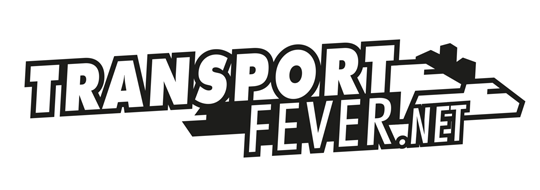There is no Deutsch version at this time, sorry! If anyone would like to translate, please feel free to let me know.
Intro
For many years people have attempted to implement local/express (slow/fast) train running on a single line in Transport Fever, with less than ideal outcomes. Although stations and passing loops can allow trains to overtake, there is no guarantee that an express train will not be slowed down by a slow train ahead. Quadruple tracks solve this, but it is a solution that is both costly and unrealistic. Finally, with the game-changing Timetables mod by celmi, we can now achieve reliable local/express running on double track lines in Transport Fever 2.
We found that there have not been any guides here addressing the complex topic of timetabling, so we decided to create the first guide on how to run timetabled local/express trains Transport Fever 2, using lines from our own “Peninsulas” map as case studies, which are some of the first lines created in Transport Fever 2 featuring high-frequency local/express running that we know of. (You can watch our High-Speed Rail cab ride video here)
The timetable mod allows you to assign pairs of arrival time and departure time to stations. We will be referring to each pair as a timeslot. As this is an advanced tutorial, we are also not discussing how to use the mod or create simple timetables here.
Before we start, you should understand the constraints created by the game and the mod mechanism. The timetable mod controls only departure times by stopping trains that are early (before scheduled departure time). There is no way to make a delayed train run faster to catch up, so the only way to ensure a stable operation is to add additional time margin for delays at stops and terminals and stop the train so that it may depart at the departure time assigned by us. Any uncontained delay may cause the complete disruption of timetabled operations.
The train diagram (Bildfahrplan/"ダイヤ") is the best way to design and visualize a complex timetable. One axis represents distance on the line, with stations marked on it; while the other axis represents time. Each diagonal line represents a train. As shown below, on a double track line, no two lines representing trains travelling in the same direction may cross each other unless at a station with a passing loop. On a single-track line, no two lines representing trains (travelling in any direction) may cross each other unless at a station or signal stop where passing is possible.
[Blockierte Grafik: https://steamuserimages-a.akamaihd.net/ugc/1706285476800333273/FC705FF7791FF4C836EE69A710A7602A7751B5E6/]
An excerpt from the timetable diagram of our High-Speed Rail line, showing complex local/express patterns with low headways
The same timetable, showing only trains on one direction
Part 1 of 3


